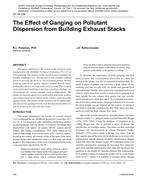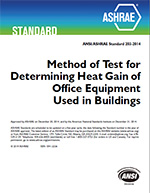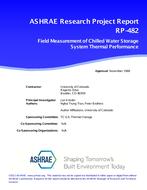Click here to purchase
This paper explores the potential for aerial dissemination of C. difficile through experimental and modelling approaches. C. difficile is a hardy organism, especially in its spore state, and thus can survive for a long time in the environment of a hospital, it is likely and widely assumed that it is present in the air on wards which contain patients colonised with C. difficile. However no studies prior to the one described here have previously been able to isolate C. difficile from air samples in the field. Once established that transmission of C. difficile ‘may’, in part, be due to an airborne component it is then of interest to investigate thelikely paths it may take, and the likely locations on which it may deposit. This paper describes how CFD simulations using Lagrangian particle tracking were used to explore the behaviour of C. difficile sized particles in ventilated rooms, using 2 and 3-D models to simulate the deposition of particles and the influence of ventilation. The results show the potential for C. difficile spores to remain airborne for long periods and when they do deposit they can do so at high level, concurring with the findings of experimental studies. They also indicate the less intuitive result that larger particle may travel further than smaller if introduced with a large initial velocity – e.g. via a cough or sneeze – depending on local flow conditions. Overall the study indicates there is potential for air-based controls such as ventilation strategy or UV disinfection to be effective against C. difficile, but that it is important to realise that a combined use of controls may be necessary.
Citation: IAQ Conference: IAQ 2010: Airborne Infection Control
Product Details
- Published:
- 2011
- Number of Pages:
- 9
- File Size:
- 1 file , 580 KB
- Product Code(s):
- D-IAQ2010-C133-10


